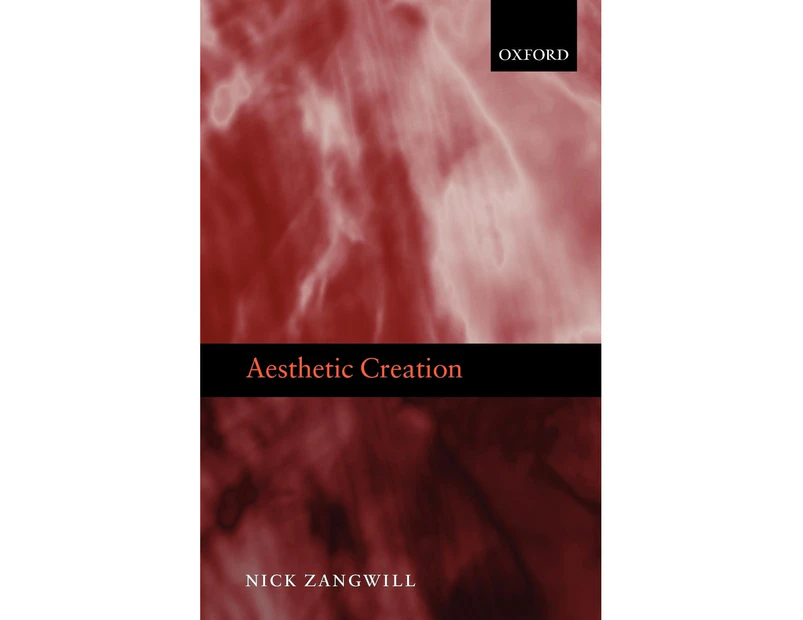Aesthetic Creation

What is the purpose of a work of art? What drives us to make art? Why do we value art and consume it? Nick Zangwill argues that we cannot understand the nature of art without first having answers to these fundamental questions. On his view, which he dubs 'the Aesthetic Creation Theory', a work of art is something created for a particular aesthetic purpose. More specifically, the function of art is to have certain aesthetic properties in virtue of its non-aesthetic properties, and this function arises because of the artist's insight into the nature of these dependence relations and her intention to bring them about. In defending this view, Zangwill provides an account of aesthetic action and aesthetic creative thought and shows how the Aesthetic Creation Theory can accommodate two kinds of seeming counterexamples to aesthetic theories of art: narrative art and twentieth-century avant-garde art. Aesthetic Creation also contains a detailed exposition and critique of a range of rival views, including Dickie's institutional theory of art, accounts of art that make essential reference to an audience, and sociological theories which purport to explain the nature of art without recourse to the notion of the aesthetic.
Publisher: Oxford University Press
Published: United Kingdom, 1 February 2012
Format: Paperback / softback, 200 pages
Dimensions: 21.5 x 14.1 x 1.1 centimeters (0.27 kg)
Writer: Nick
Table of Contents
Preface Introduction Summary of Chapters 1: Groundrules in the Philosophy of Art 2: The Aesthetic Creation of Art 3: Are there Counterexamples to Aesthetic Theories of Art? 4: Art Essence, Identity and Survival 5: Aesthetic Functionalism 6: Art and Audience Appendix: On Dickie 7: Against the Sociology of Art 8: Places of publication and Acknowledgements Bibliography Subject Index Author Index
About the Author
Nick Zangwill is Professor of Philosophy at Durham University.
Reviews
Review from previous edition Aesthetic Creation is full of interesting distinctions, bold claims and challenging arguments ... an essential study for anyone who is interested in fundamental issues concerning the nature of art. ' British Journal of Aestheticsa classic modern aesthetics ' Times Literary Supplement
